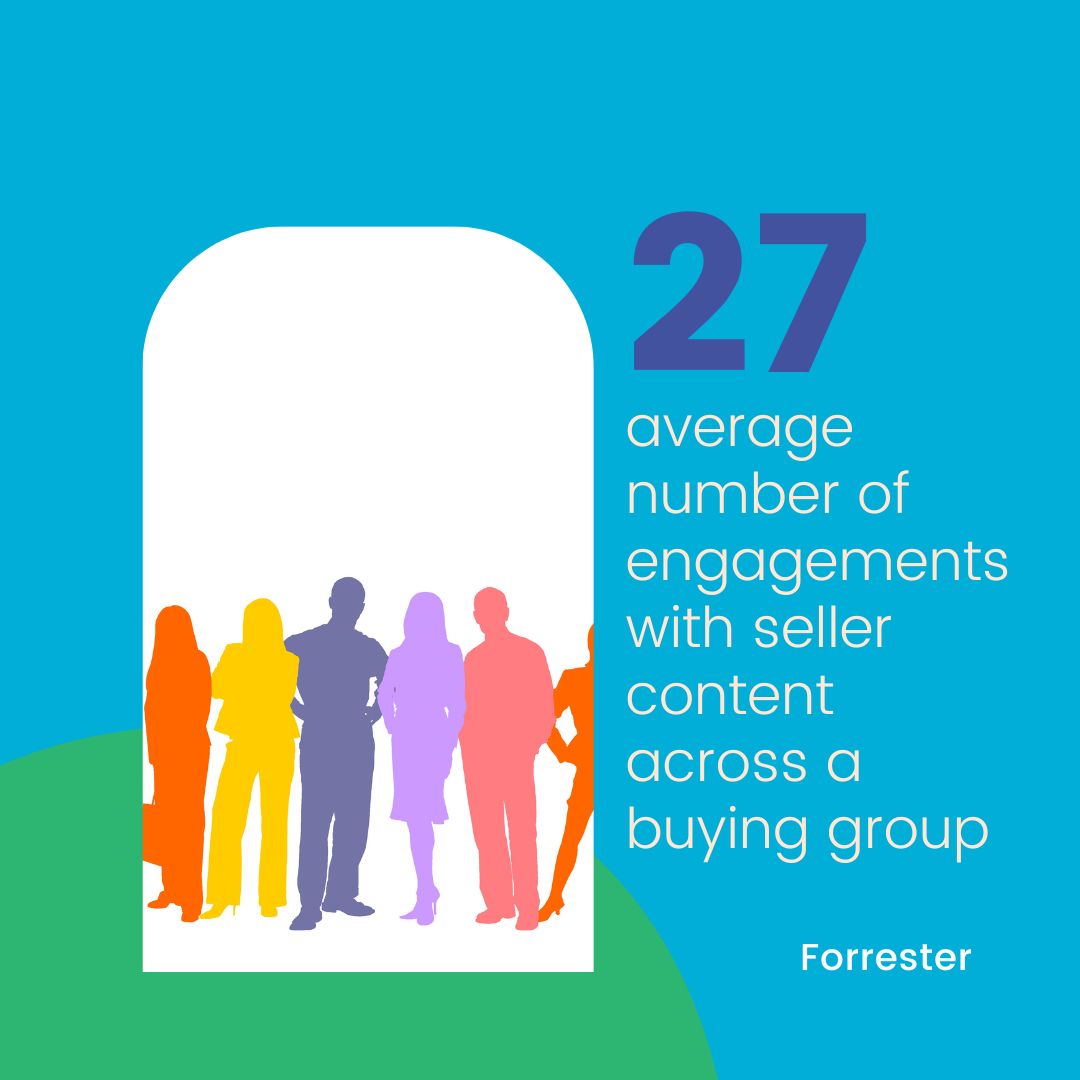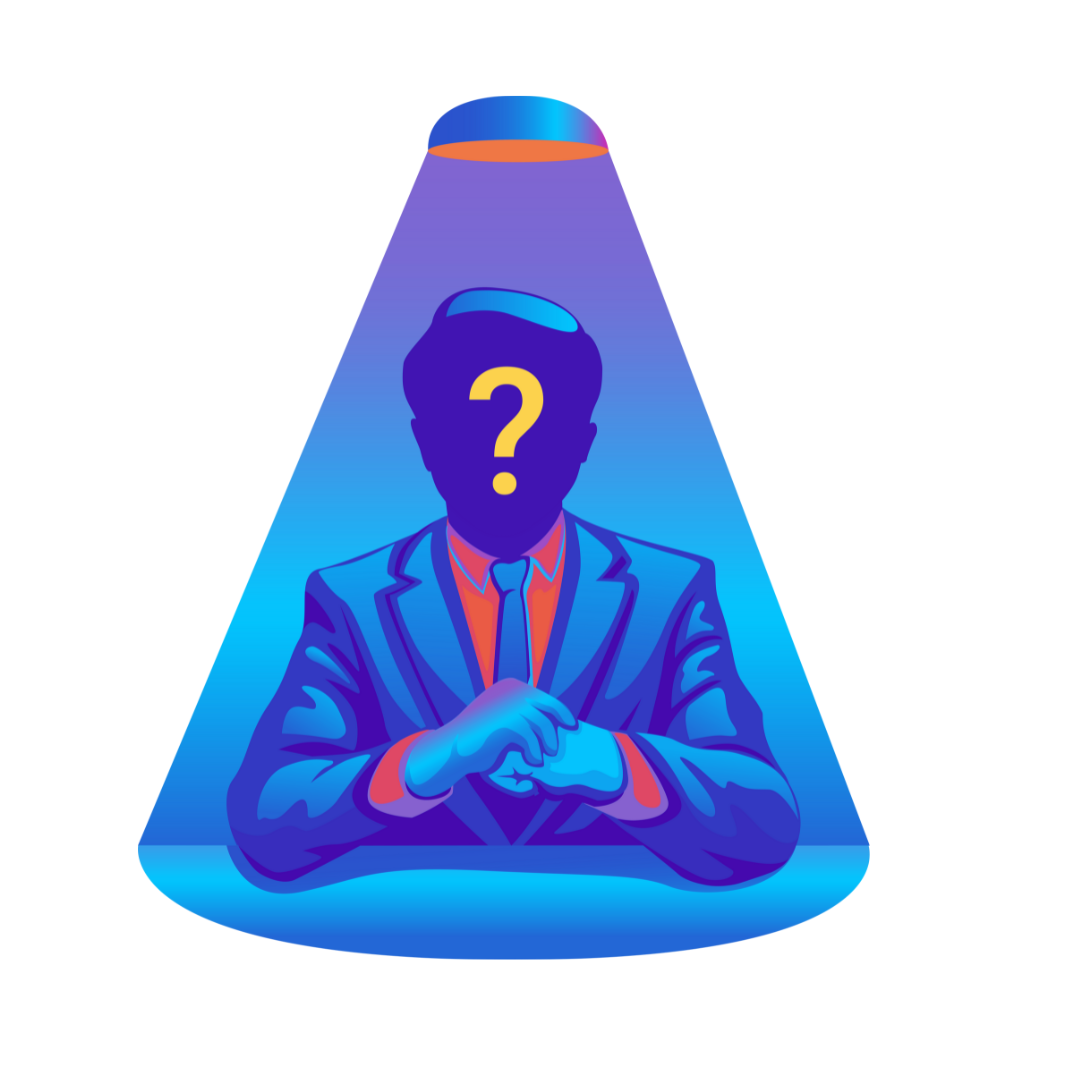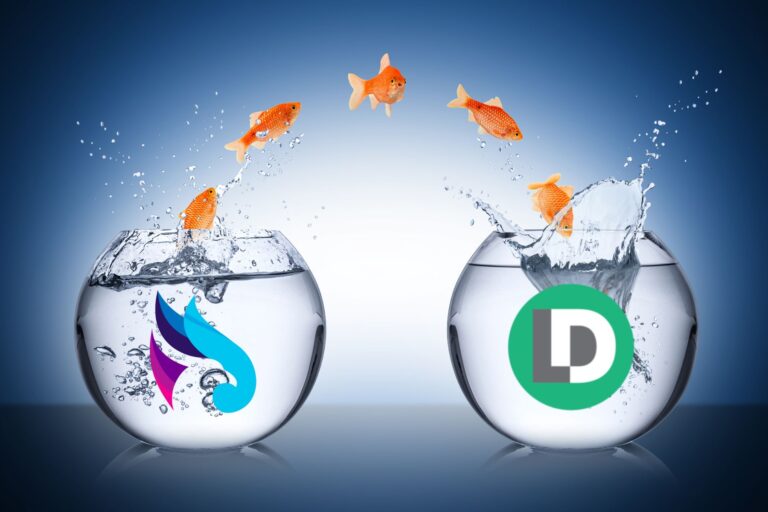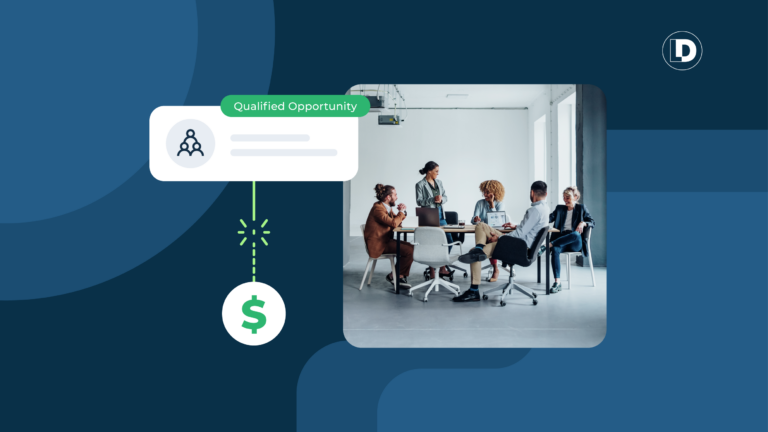B2B sellers take note: for high consideration products, your buyer is not one person, they’re a buying group.
You’ve likely known this for some time. But, rather than change your Sales and Marketing processes to accommodate this reality, you continue to sell the way you want to sell, disregarding how buyers want to buy.
A new go-to-market (GTM) motion targeting buying groups is rolling in, set to disrupt the old MQL and ABM models that are not effective or efficient for buying groups.
So it’s time to educate yourself on buying groups and get ahead of this wave before your buyers give up on your processes altogether.

Just What is a Buying Group Anyway?

Buying groups are buying committees, just like those found in most Account-Based Marketing (ABM) initiatives. A buying group is connected to a particular deal moving through a sales cycle. At their core, buying groups are made up of individuals involved in an organization’s decision-making process.
Next, buying groups vary in size. In Forrester’s revenue operations survey, 94 percent of sellers reported they sell to groups of three or more individuals. Thirty-eight percent sell to groups of 10 or more.
In addition, Forrester estimates an average of 27 engagements with seller-related content (both known and anonymous) across a buying group. Each member of a buying group is influenced by information they’ve gathered independently. Members may or may not share their research with the group.
Who is on the Buying Committee?

Buying groups are made up of multiple departments, roles, and personas. While an individual’s department and persona are static, their role on the buying committee may change depending on the product under consideration.
Further, buying groups usually consist of subject matter experts, contributors from a relevant department, and other stakeholders (or gatekeepers) from finance and IT.
For example, for marketing purposes, your organization may target personas like the Head of Marketing. For you, this job title is often associated with a primary decision maker. However, in the buying group context, that Head of Marketing may fill the role as someone who simply advises.
Moreover, each person in the group has their own needs, priorities, and concerns. Some people have the power to make the final decision, while others provide important input that influences the final decision.
Buying Group Roles
Members of the buying committee cover a broad range of responsibilities and perspectives to ensure a thorough decision-making process. Here’s a breakdown of the different roles you may find on a typical B2B buying committee:
👱 Initiator: Identifies the need or opportunity that the purchase could address.
🧔 User: Directly interacts with the product or service on a regular basis.
🧕 Influencer: Shares expertise and advice through their knowledge or authority on the subject.
🧖 Decision Maker: Has the authority to say yes or no to the purchase, often senior executives
👴 Gatekeeper: Controls the flow of information and access to other members of the buying committee.
👩 Buyer: Handles the procurement and purchasing process by negotiating terms, managing contracts and compliance.
👦 Champion: Advocate for the purchase internally, pushing the decision forward and rallying support among stakeholders.
👧 Financial Approver: Approves the financial aspect of the purchase including the budgetary allocation.
👲Sniper: Has the power to completely veto the purchase and kill the deal.
Engaging with Each Persona
To effectively engage with members of the buying committee, a seller must market to individuals. This involves taking into account their needs, priorities, concerns, and objectives. The message and approach to each committee member should be distinct and different.
In addition, keep in mind that buying committee members enter the buying journey at different stages. While a particular member may enter at a later stage, sellers should not assume the member is at ground zero, lacking product knowledge or deal information.
Members of the buying group will naturally move forward as a group and should be treated as such.
Change is Comin’, Get on Board
Continuing to apply MQL and ABM models to a buying group scenario will not result in the revenue growth your organization is seeking.
However, leaving behind your old Lead-centric and ABM strategies is admittedly no simple feat. Adjusting sales and marketing paradigms to accommodate buying groups will be a dramatic cultural and operational shift.
This transformation requires a thorough internal process evaluation, an understanding of industry best practices and data management strategies, and potentially the adoption of new technologies.
However, as the saying goes, “The definition of insanity is doing the same thing over and over again and expecting different results.”
If the best way to eat an elephant is one bite at a time, start thinking about how your systems and processes can target buying groups. It’s a step in the right direction.










